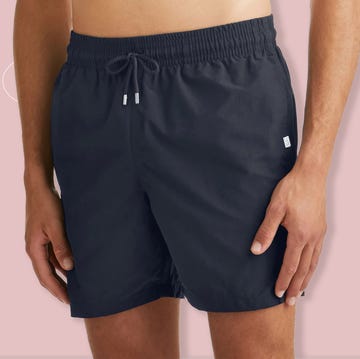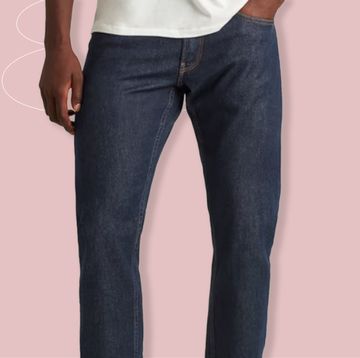Coco Chanel once said that "being copied is the ransom of success." Given that counterfeit fashion today brings in $600 billion annually—and represents 5 to 7 percent of global trade—it's pretty easy to argue that fake fashion is success. Unfortunately, that success is pouring into the bank accounts of some pretty nefarious people.
According to a recent article in Dazed magazine, counterfeit versions of pieces by ultra-hyped streetwear brand Supreme have gained widespread popularity among Italian youth. And not in an ironic way. Part of the reason for this is that fake Supreme pieces are not technically illegal in Italy. Due to the fact that Supreme has not trademarked their logo there, brands like Supreme Italia, also known as Supreme Barletta, can produce bootleg pieces without the legal obstacles they would face here.
Given such free reign, not to mention Italian imperviousness to the wrath of Supreme fanboys, companies producing fake fashion are doing brisk business. Unfortunately, though, it's a business mostly run by an Neapolitan mafia crime clan called the Camorra. Much of the issue stems from the fact that the Camorra controls factories in areas like Puglia and Campania, which produce legit goods for the legal Italian fashion market. This means that bootlegs are produced right alongside legitimate garments.
Quoting Italian journalist Roberto Saviano from his 2006 book Gomorrah: Italy's Other Mafia, the article points out that:
The workforce in clan operations is highly skilled, with decades of experience under Italy's and Europe's most important designers. The same hands that once worked under the table for the big labels now work for the clans…Which means that the clothes made by the clans aren't typical counterfeit goods…but rather a sort of true fake. All that's missing is the final step: the brand name, the official authorization from the motherhouse.
Basically how it works in Italy is that multiple factories would bid on a job to produce clothes or accessories for a fashion brand. The brand would then supply fabrics and designs to each of the factories, and whichever one supplied the garments fastest and with the highest quality would be paid. Those factories that didn't win the bid would then re-brand the clothes and sell them through the Camorra's retail network. It's part of the reason why today, nearly 10 percent of all fashion related-products sold in Europe are counterfeit.
Thankfully, Italian authorities are now doing more to crack down on companies producing not-entirely-fake fakes, and Supreme Italia has apparently already been shut down, with its site redirecting automatically (and satisfyingly) to the homepage of the real, New York-based Supreme. But it's a lesson to anyone out there entertaining the notion of buying counterfeit fashion—you're probably supporting a criminal organization if you do.













